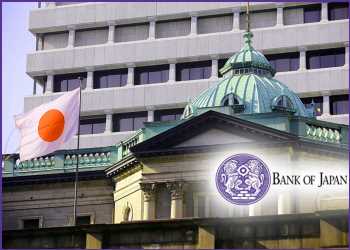The Bank of Japan kept its massive monetary policy stimulus unchanged on Friday defying the global tightening stance, and maintained its guidance on the interest rate despite the weakening yen.
The policy board, governed by Haruhiko Kuroda, unanimously decided to maintain a negative interest rate of -0.1 percent on current accounts that financial institutions maintain at the central bank.
The board repeated its guidance on rates that short- and long-term policy interest rates will remain at their present or lower levels.
The bank also decided to continue to purchase a necessary amount of Japanese government bonds without setting an upper limit so that 10-year JGB yields will remain at around zero percent.
With the government set to announce subsidies to electricity prices that could knock off as much as 1 percent-pt from inflation, inflation will be below 2 percent from early next year already, Capital Economics economist Marcel Thieliant, said.
And with the global economy set to enter recession, the window for tighter policy is closing rapidly, the economist added.
The bank observed that risks to prices are skewed to the upside, while risks to economic activity are skewed to the downside.
In the quarterly Outlook for Economic Activity and Prices, the bank downgraded the fiscal 2022 growth outlook to 2.0 percent from 2.4 percent due to the effects of the spread of Covid this summer and slowdowns in overseas economies.
The outlook for the fiscal 2023 was lowered marginally to 1.9 percent from 2.0 percent. However, the fiscal 2024 growth forecast was raised to 1.5 percent from 1.3 percent.
The inflation outlook for the fiscal 2022 was lifted to 2.9 percent from 2.3 percent and that for the next fiscal to 1.6 percent from 1.4 percent. Similarly, the projection for the fiscal 2024 was revised up to 1.6 percent from 1.3 percent.
The bank cautioned about the developments in the financial and currency markets and their impact on Japan’s economic activity and prices.
Source: Read Full Article

